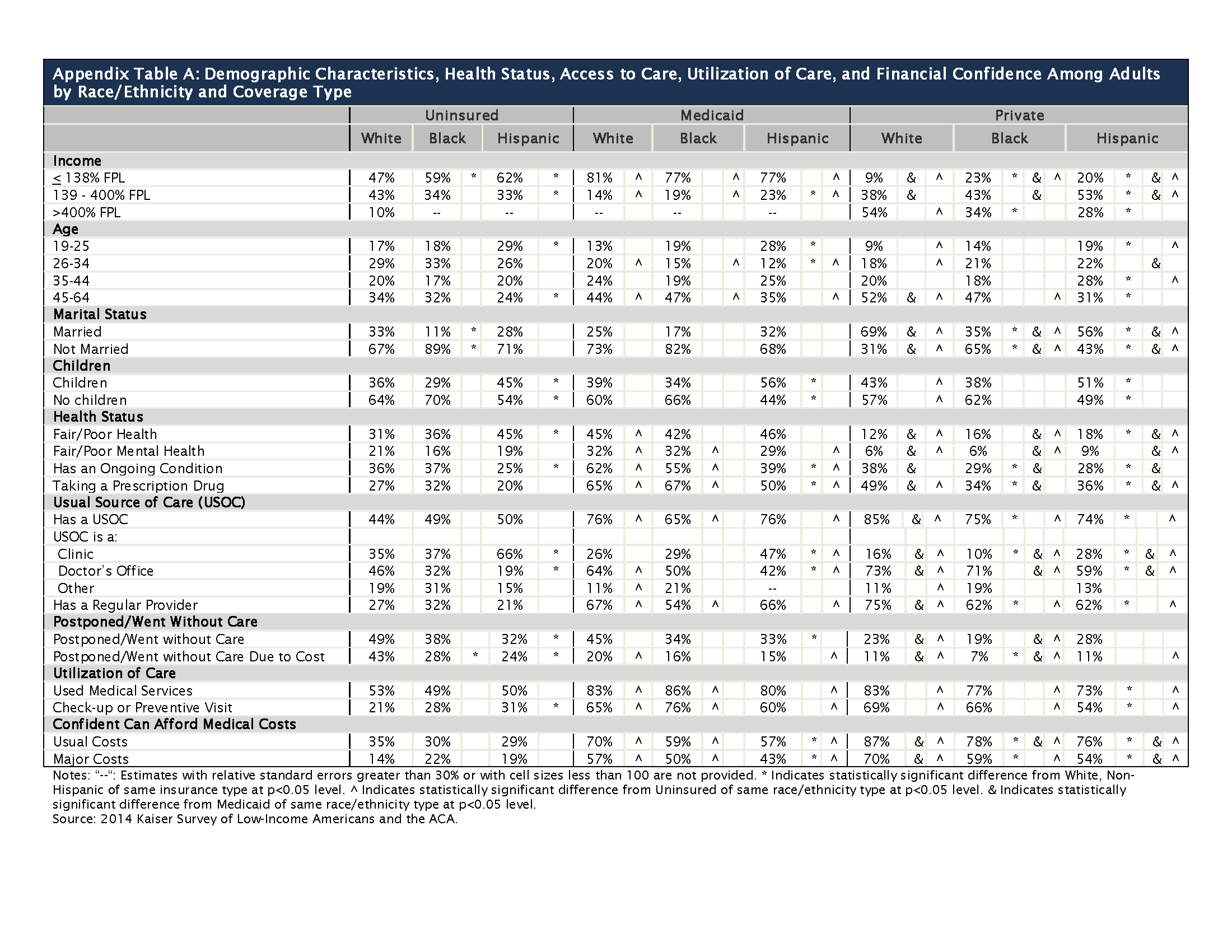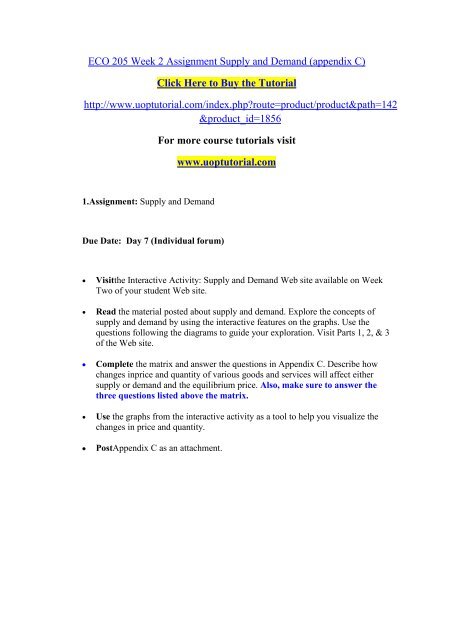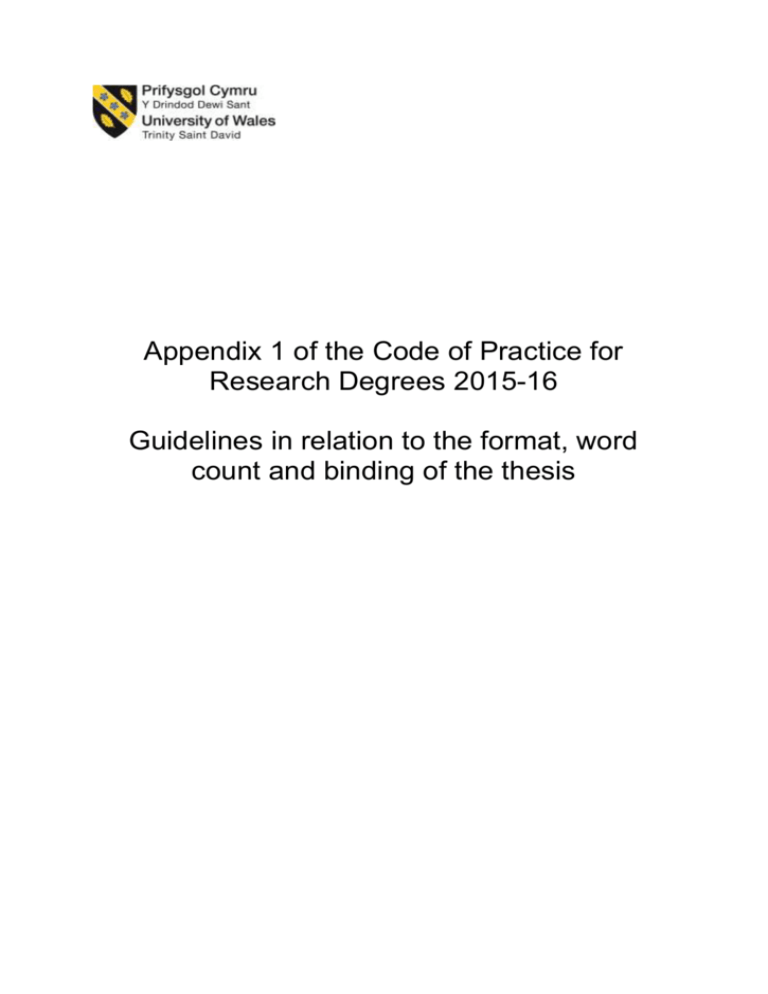


When the appendix bursts, it spreads its content throughout the abdomen, potentially infecting the peritoneum, which is the silk-like membrane that lines the abdominal cavity. If the problem is left untreated, the pressure in the organ will increase until the appendix ruptures, or bursts.

Removal of the appendix (an appendectomy) is often the necessary course of action, though increasingly, antibiotics may be recommended and used to treat the infection without the need for surgical intervention - depending on the severity of the case and other health factors in the individual patient. Appendicitis causes intense abdominal pain and other GI symptoms, including vomiting and diarrhea. The infection or obstruction causes the bacteria in the appendix to grow out of control, and the organ can fill with pus and swell.
Ingested objects, including air gun pellets and pins. Sources of blockage include, among other things: Sometimes, the appendix can become inflamed and infected, resulting in a condition called appendicitis.Īppendicitis is often the result of an abdominal infection that has spread to the tiny organ, or some kind of obstruction that has blocked the small opening of the appendix. Potential Health Issues Involving the Appendix ( 8) The appendix, it seems, may have independently evolved in different animals at least 32 times over the course of history, suggesting the organ does have an important function. Researchers have recently found that numerous animals, including great apes, other primates, opossums, wombats, rabbits, and certain rodents all have structures similar to the appendix. ( 6)Ī review of the relevant available research published in 2016 concluded that the appendix is not a rudimentary organ but an “important part” of the immune system. Once the immune system has rid the body of the infection, the bacteria emerge from the appendix biofilm and recolonize the gut. ( 5)Īccording to the so-called “safe house” theory, the appendix protects a collection of beneficial gut bacteria when certain diseases wipe them out from elsewhere in the GI tract. Studies have also shown that the lining of the gut contains a biofilm, or a thin layer of microbes, mucus, and immune system molecules - and these biofilms appear to be most pronounced in the appendix. In recent years, scientists have found that lymphatic tissue encourages the growth of some beneficial gut bacteria, which play an important role in human digestion and immunity. The appendix contains a particular type of tissue associated with the lymphatic system, which carries the white blood cells needed to fight infections. 9 Common Digestive Conditions From Top to Bottom







 0 kommentar(er)
0 kommentar(er)
